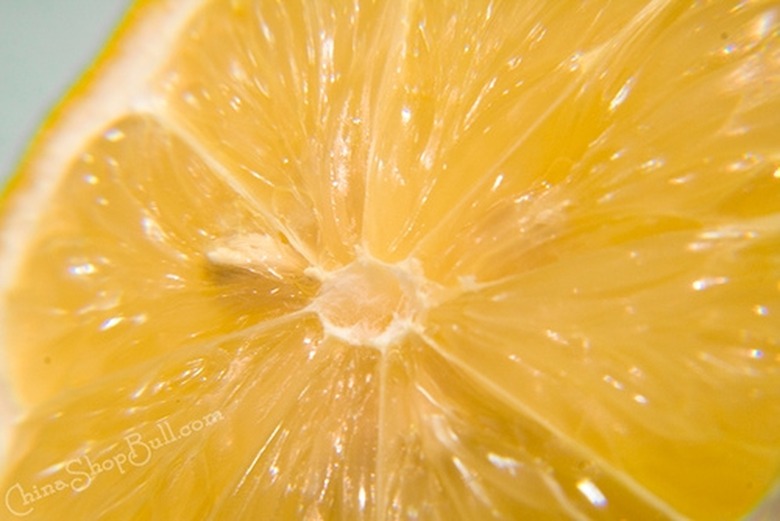Can Fruits Make Electricity?
Though it's certainly not a practical way to light your home, you can generate electricity from fruit. The acid in fruit interacts with electrodes to create a small amount of voltage. Creating a fruit battery is an interesting experiment to try with school-age children. Once you have the necessary materials, you can experiment with different fruits to see the varied results.
How Fruit Batteries Work
How Fruit Batteries Work
Fruit electricity research of a sort can be done in the home or in the lab at school. The chemical substances in fruits, particularly acidic citrus fruits, can be converted into energy and used to power small items. The structure of a fruit-powered battery mimics that of a real battery. Two different metals – usually one zinc and one copper – are inserted into the fruit and act as the positive and negative poles.
The citric acid in the fruit acts as the electrolyte, which is a fluid that contains free ions. Ions are charged atoms, and because they are free, they will naturally move away from like charge and toward opposite charge. In a citric acid solution, a metal like copper reacts and creates extra negative charge, hence causing the free ions to move from one battery pole to the other.
A wire acts as a conductor between the poles and can be used to conduct current from a small amount of voltage (usually 1/2 to 3/4 of a volt from a single piece of fruit). Depending on the type and number of fruits being used you may be able to light a small LED light bulb or even run a small motor.
Fruit Battery Materials
Fruit Battery Materials
When gathering the materials for your fruit battery experiment, keep in mind that this is a test. Involve kids in the decision making. Part of the fun of science is trying different methods; some will work, some won't – that's all part of the learning process.
You'll need two types of metals for the positive and negative poles. You can purchase zinc and copper electrodes, but it's also interesting to try other household materials such as a galvanized screw and a piece of copper wire.
You'll also need a wire to act as the conductor, and alligator clips are helpful for connecting the wire to the positive and negative poles. To measure your results, have a small LED light to hook up to the conductor or use a meter to measure the voltage.
Conducting the Experiment
Conducting the Experiment
With a variety of fruits on hand, try inserting the positive and negative poles and hooking up the conductor. See what fruits conduct the most electricity (this is where a meter would come in handy). Some items to try include lemons, oranges, limes, apples, potatoes, tomatoes, and glasses of fruit juice.
Have kids form hypotheses before setting up the batteries. Then they'll get to guess which fruits (or vegetables) will produce the most electricity and see if their original thoughts were correct.
Things Needed
- Copper electrode
- Zinc electrode
- Voltage meter
- Low-voltage flashlight bulb
- Socket for bulb
- Alligator clips
- Wires
- Mounting board (optional)
References
Cite This Article
MLA
Vink, Maggie. "Can Fruits Make Electricity?" sciencing.com, https://www.sciencing.com/can-fruits-make-electricity-5467604/. 9 November 2019.
APA
Vink, Maggie. (2019, November 9). Can Fruits Make Electricity?. sciencing.com. Retrieved from https://www.sciencing.com/can-fruits-make-electricity-5467604/
Chicago
Vink, Maggie. Can Fruits Make Electricity? last modified March 24, 2022. https://www.sciencing.com/can-fruits-make-electricity-5467604/
